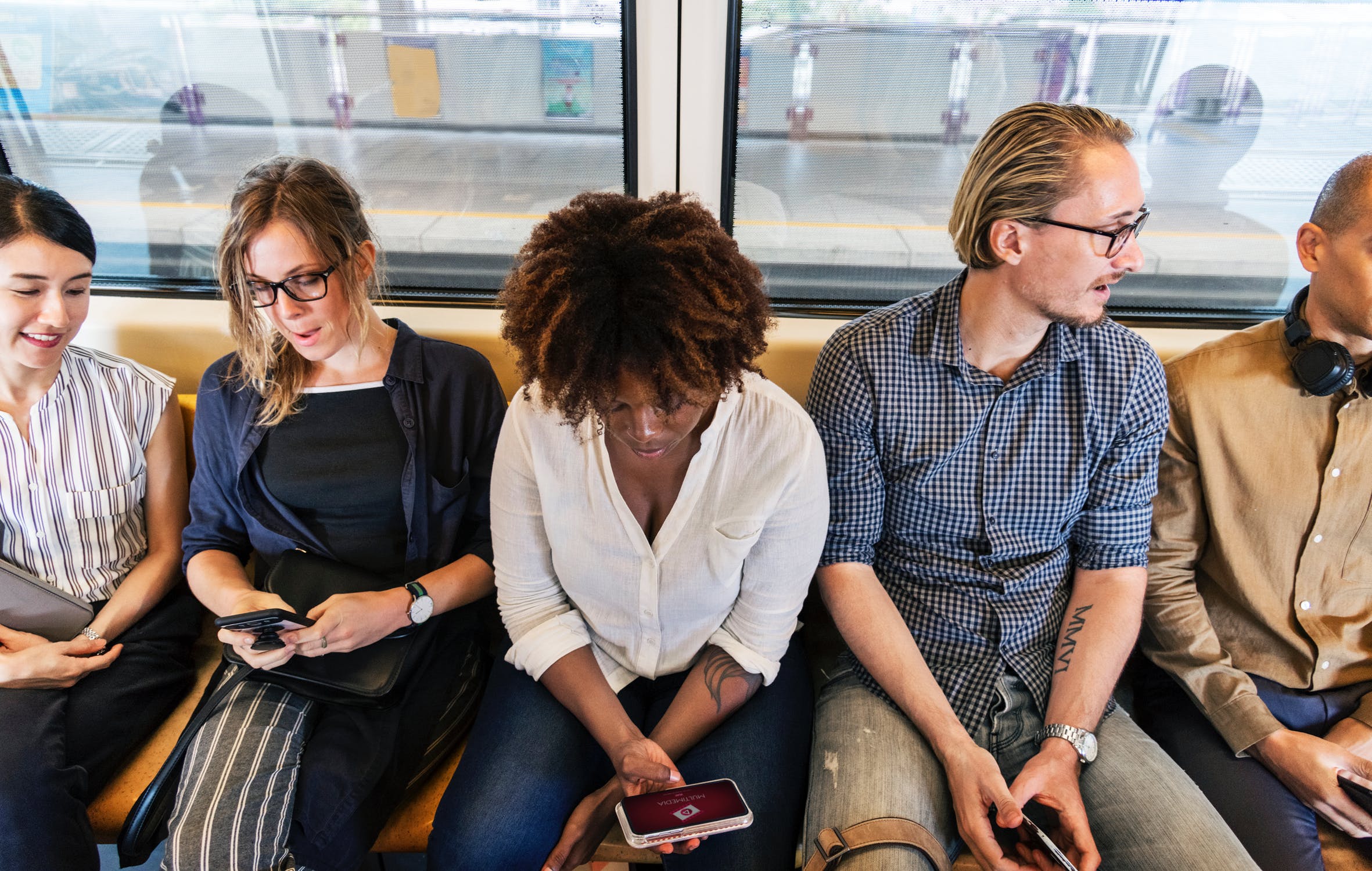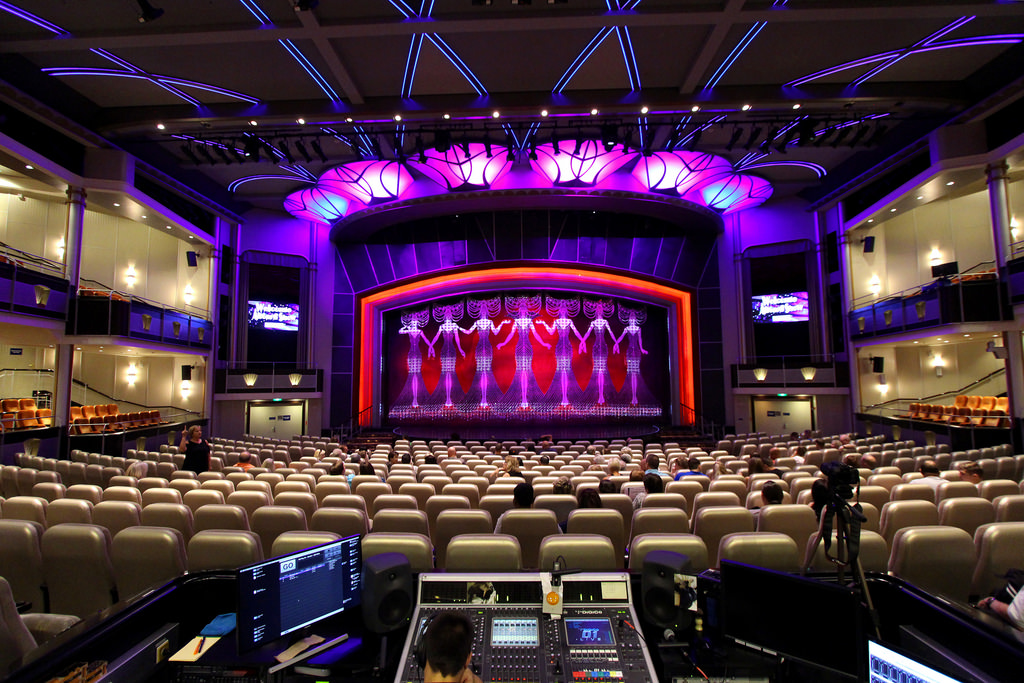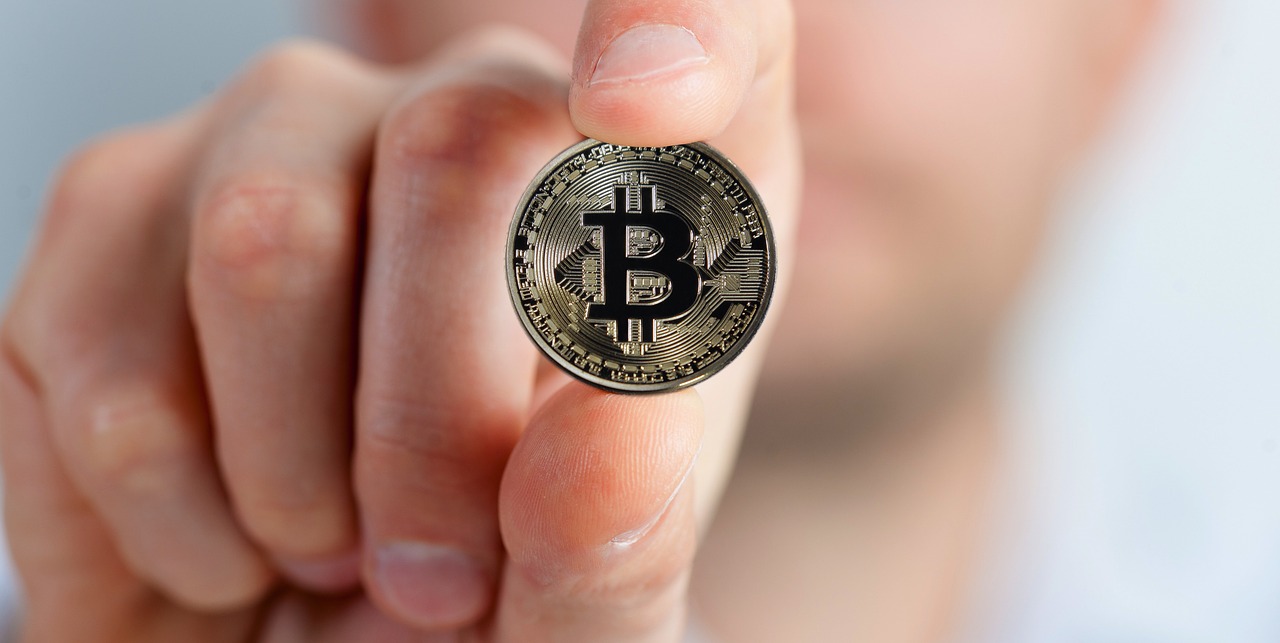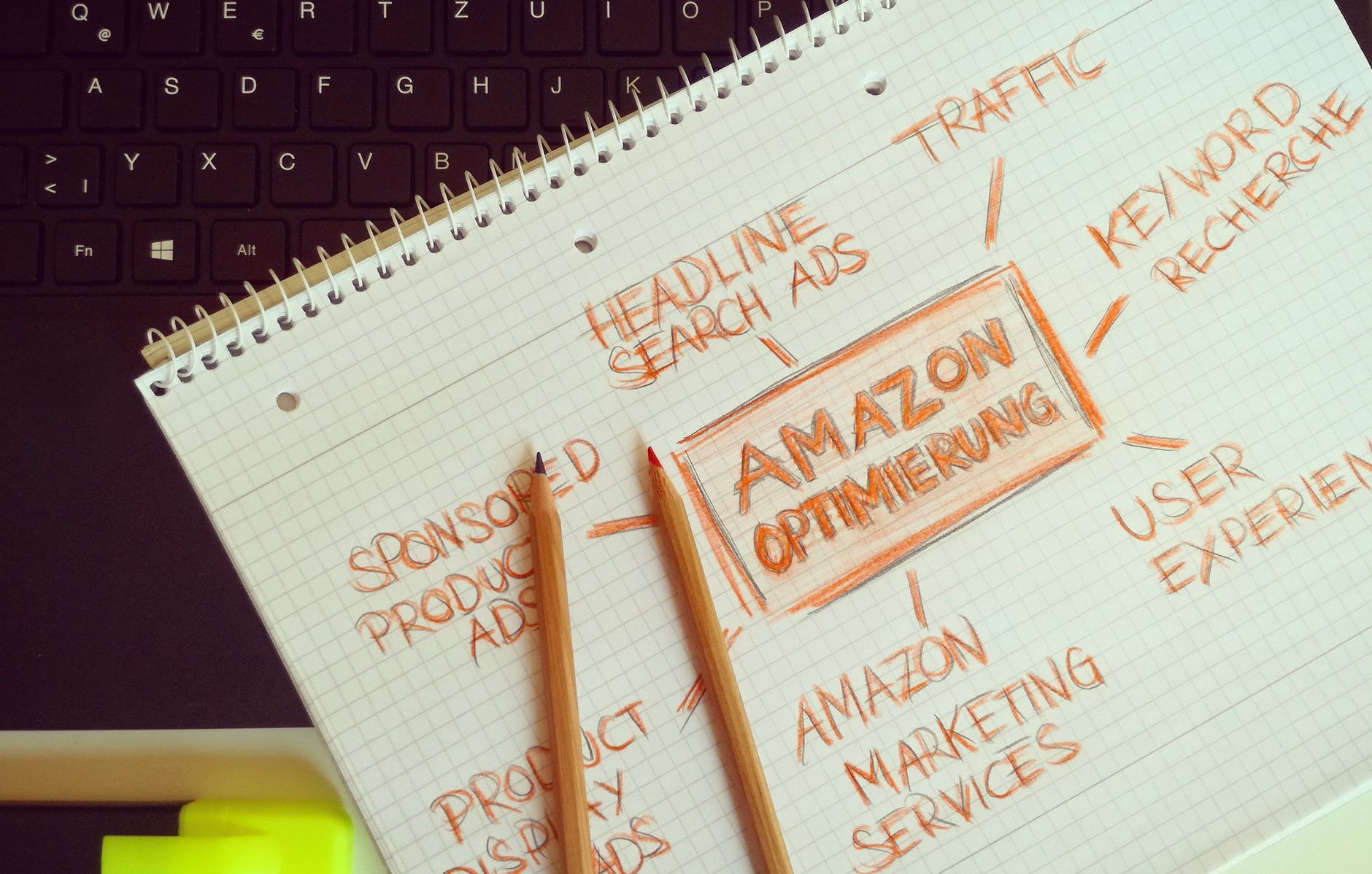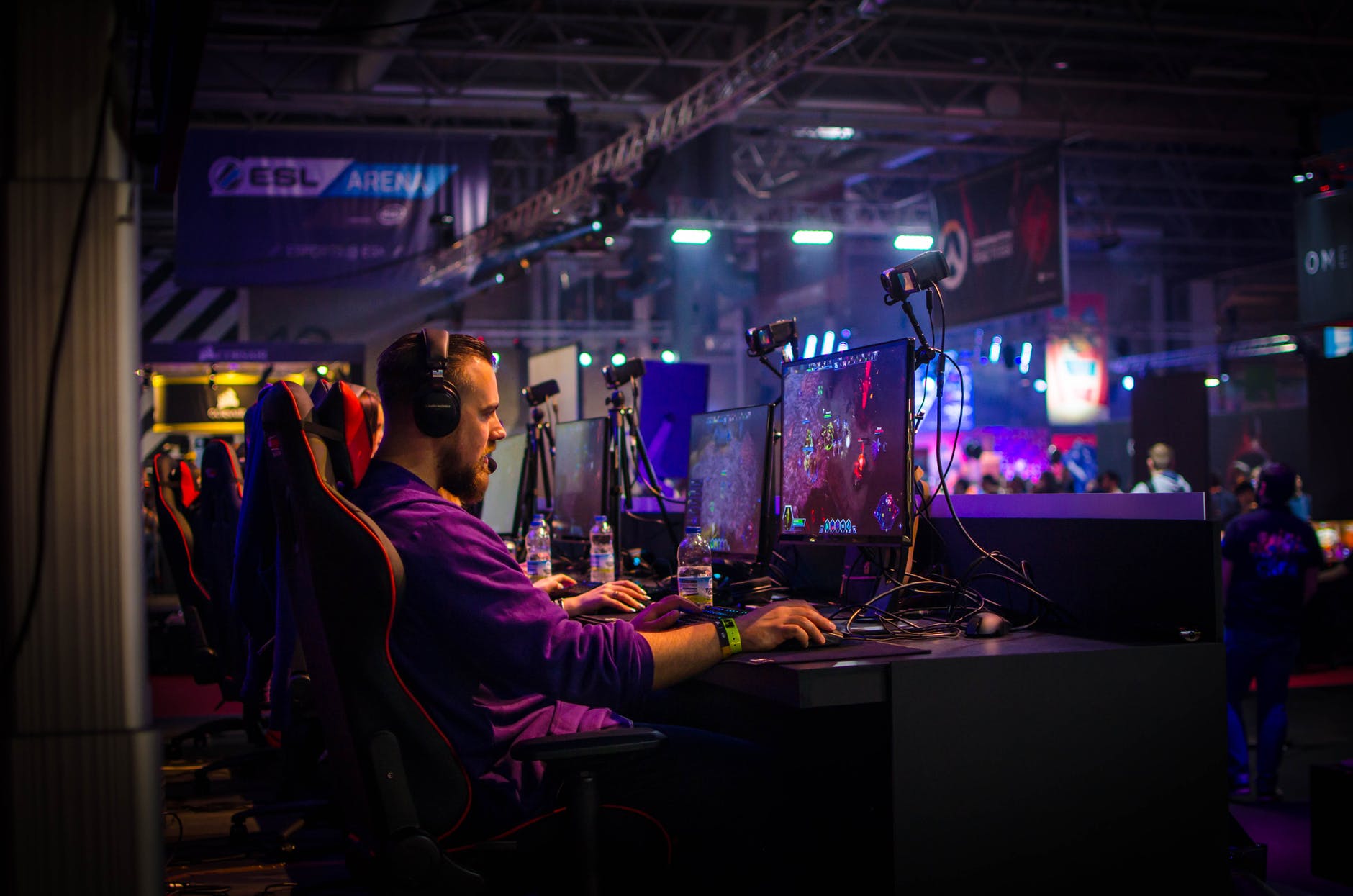The Big App Pull: NYC Finally Awash in Free Wireless Internet
New York City’s history may be as deep and as complex as its subway system–but that doesn’t mean we should keep our eyes on the past. Of a stunning 8 million residents, too many New Yorkers have been left behind without reliable internet access. Now, both in the subway tunnels and on the streets, spaces shared in NYC have been linked to the rest of the web-bound world.
After enlisting a private company to install and maintain service last year, the MTA finally delivered on a long-held promise: wiring the entire tunnel-bound section of New York’s subway system with 4G connectivity. As a result, all 279 underground subway stations are equipped to fulfill New Yorkers’ web browsing, apps, calls, and texting needs while they ride the rails.
The same private contractor, Transit Wireless, installed free WiFi, giving straphangers multiple options to stay online during their commute. This move was long overdue, and a welcome change for a mass transit system with a variety of issues that have no quick fix in sight. While trains may not be moving at their highest efficiency, riders will at least have a wealth of activities at hand to get through delays. Both this cell hookup and subway WiFi came online well ahead of schedule, a rare but welcome change of pace from the usual transit timeline.
New Yorkers have their well-earned grievances with the subway system as it stands–but there’s no denying that this new internet-friendliness represents a major upgrade. And it’s not the only way the city has allowed for better internet access, as public high-tech connectivity has expanded above ground. Thanks to the new LinkNYC kiosks around the five boroughs, public WiFi covers an increasing number of our city sidewalks as well.
A 21st century take on the payphone, these kiosks offer free “super fast” WiFi, two USB connections for charging on the go, and a built-in phone to make free calls nationwide. 55-inch HD screens on the sides of these kiosks display NYC fun facts, bus arrival times, subway line updates, and advertisements, the last of which provides funding for the project.
A consortium of contractors referred to as CityBridge are responsible for installing and maintaining the units, with the city receiving 50% of gross revenues in return for the street space. While it’s important to always use caution when connecting to public WiFi, the encrypted connection offered by LinkNYC allows users to browse the web with confidence. With over 7,000 of these kiosks projected citywide by 2024, we can expect a city nearly blanketed by high-speed WiFi. This is no small task when covering over 8 million citizens.
Since the payphone system was installed in the early 1900s, New Yorkers have become accustomed to convenient communication no matter where they turn. Now, with most phone calls perpetually within arms’ reach, these new WiFi deployments offer an appropriately modern convenience with no quarters necessary.
Following this disruptive implementation, New Yorkers are already looking to what’s next. With our streets and subways now awash with WiFi, might public EV charging stations be far behind? Perhaps an AI-inflected solution to the delays plaguing underground transit?
In a city that’s always looking for the next big thing, public WiFi has been well overdue and is thankfully now here. For the next big leap forward, whether above ground or below, there ought to be no limit to our thinking.
